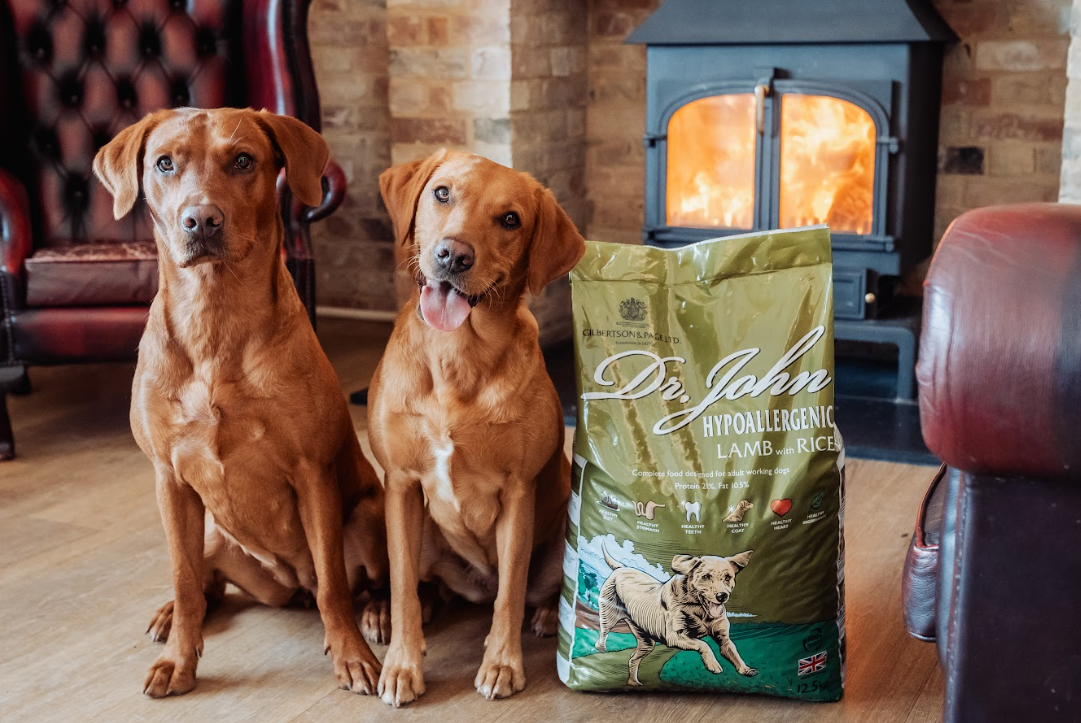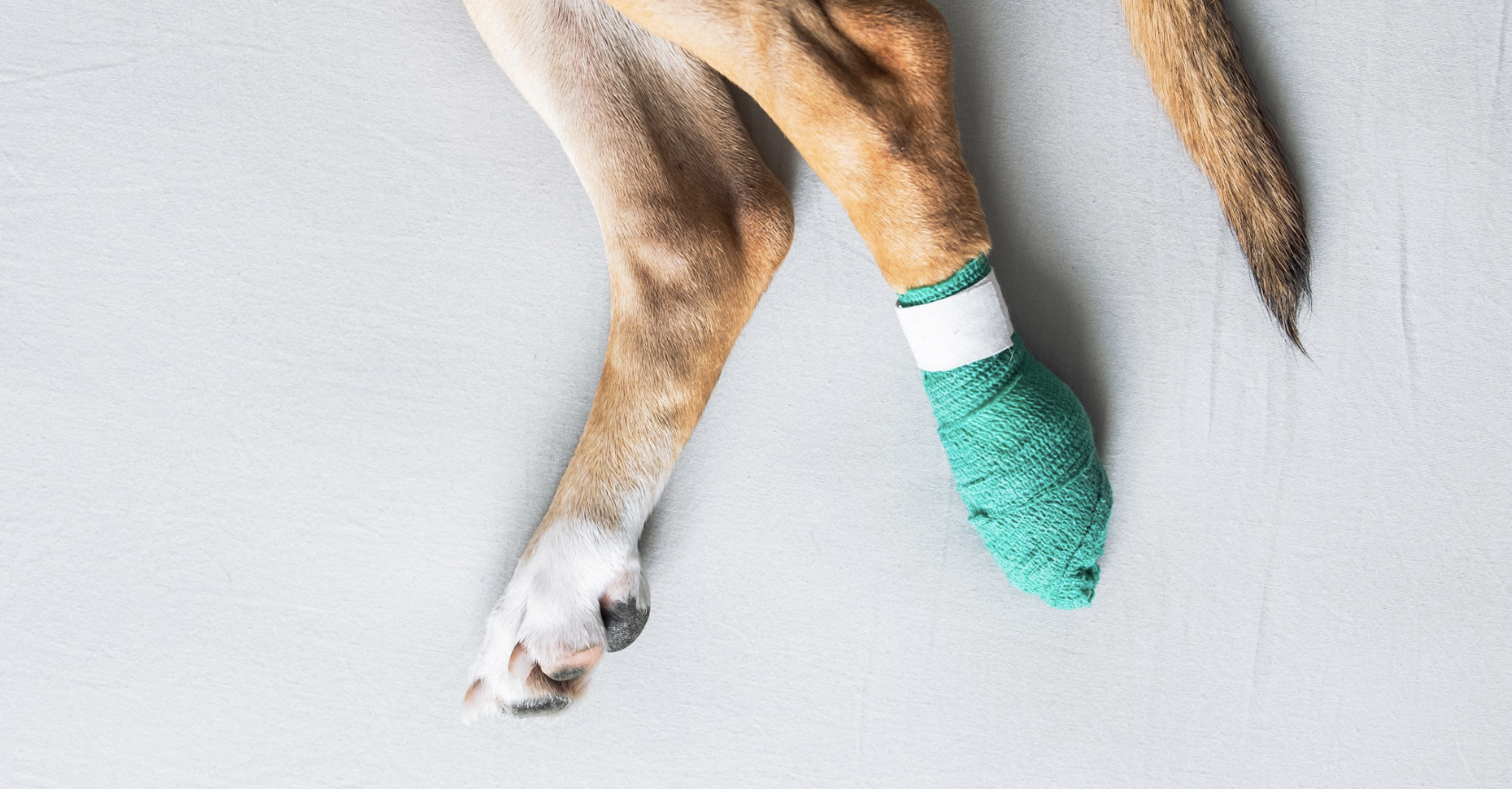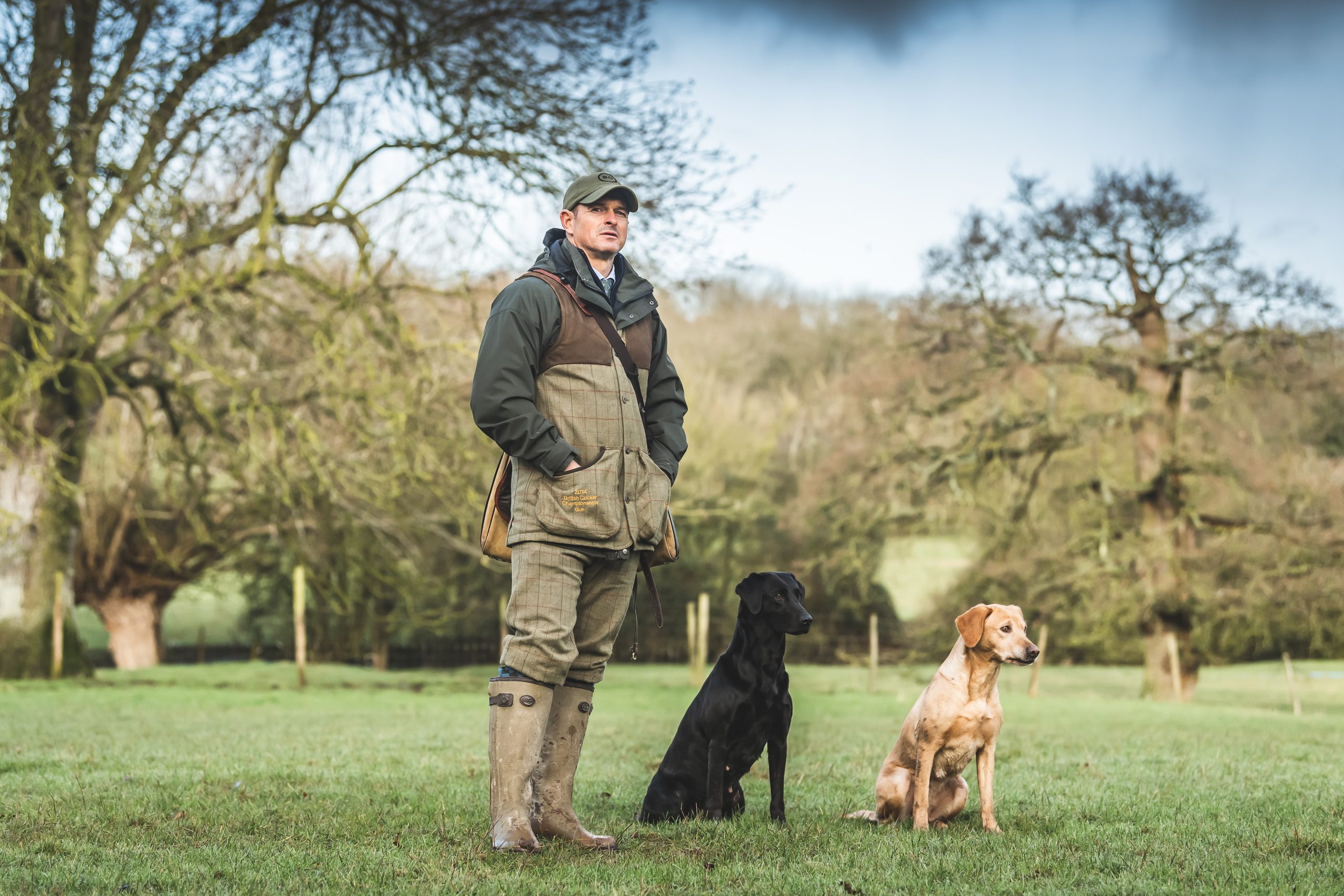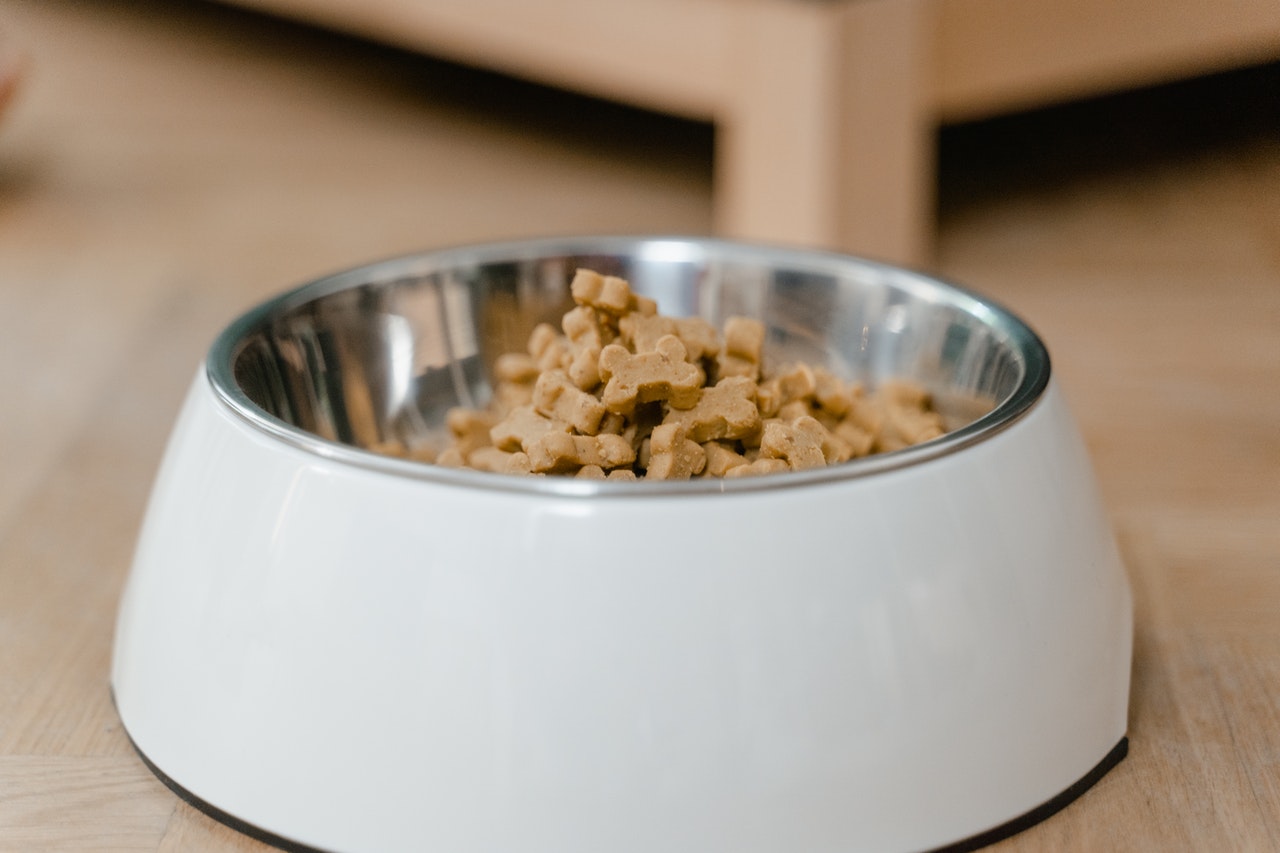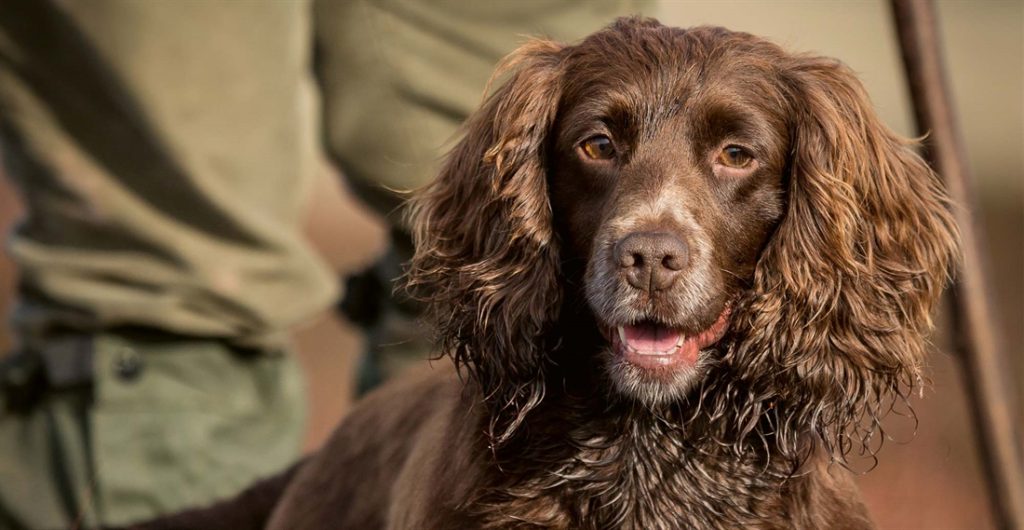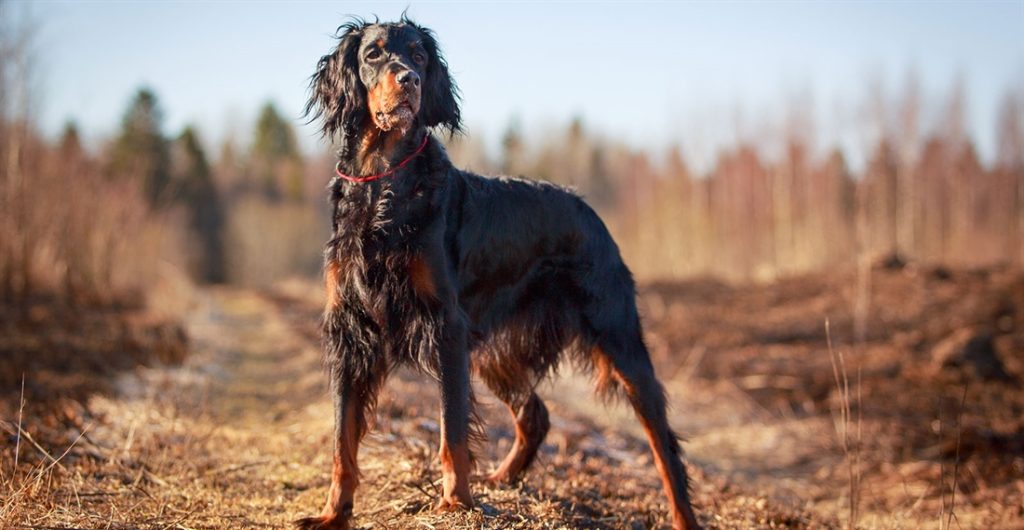Everything You Need To Know About The Flat Coated Retriever
The flat coated retriever is the focus in the latest instalment of our series working with dog food manufacturer Chudleys. Let’s take a look at everything you need to know about this gundog breed, including its history, nutrition needs, and why it makes a good working dog.
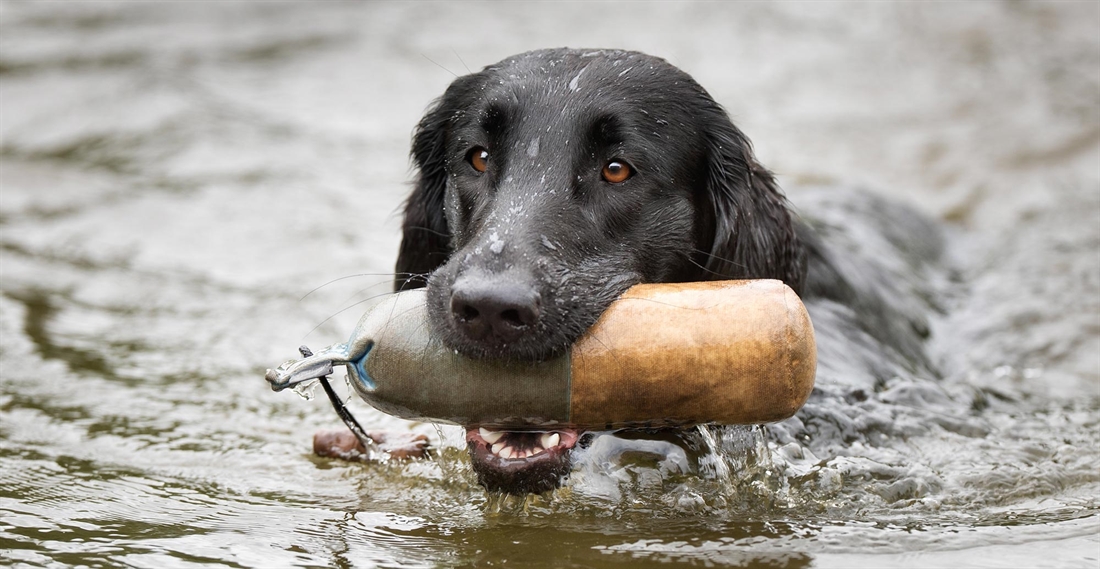
What’s The History Of The Flat Coated Retriever?
The flat coated retriever was undoubtedly the favoured retriever breed from the late 1800s to the early 1900s on large shooting estates, and it’s long been described as the gundog of Edwardian England. Used by both guns and gamekeepers alike, this elegant breed was capable of performing a number of roles in the field, from flushing game to picking-up on the peg.
It’s thought that the flat coated retriever was developed from crossing newfoundlands, setters, water dogs, sheepdogs and spaniels, resulting in an agile dog with a long, silky coat. In the 1860s, the breed was given its name, and just one year after The Kennel Club was founded in 1873, it was entered into the club’s studbook, making it one of the very first registered gundog breeds.
Flat coated retrievers dominated early retriever trials. However, after the First World War, the labrador took over and the long-haired breed became far less commonplace. Thankfully, a number of flat coated retriever enthusiasts continued to breed litters with great working values that are still around today.
What Does The Flat Coated Retriever Look Like?
Flat coated retrievers are large dogs with a sleek, athletic looking build. They have long heads and wide muzzles, with elegantly feathered ears that lie flat against the head.
Their coats are most often black and liver-coloured, and are long and straight, with slight feathering on the ears, chest, tail, and legs.
How To Groom A Flat Coated Retriever
The best advice for how to groom a flat coated retriever is to brush their coats weekly to help keep them shiny and healthy. Light shedding occurs throughout the year, with two spells of heavy shedding, so they can be a relatively high-maintenance breed in terms of grooming.
It’s important to avoid trimming your dog’s coat too short, as this will affect its ability to regulate its own temperature.
Flat Coated Retriever Traits and Characteristics
Flat coated retrievers are a true retriever breed and have a tendency to want to pick up and carry anything they can fit in their mouths from an early age, making them a natural companion in the field. However, as they have a huge presence in the showring, finding flat coated retriever puppies from a good working litter can be difficult.
These dogs have an extended puppyhood that can last up to 3 or 4 years, with some dogs taking their puppy-like exuberance well into adulthood. As a result, early training sessions encouraging ‘down’ and ‘stay’ commands are recommended.
A common error, even after sourcing a flat coated retriever from the right stock, is the tendency to compare these dogs to labradors. They are two very different breeds, and where a labrador can get itself out of problems, the flatcoat seems more adept at getting itself into them.
Flat coated retrievers are family dogs that like company, so if they’re left alone regularly for long periods of time, they can develop anxiety and become destructive, for example chewing on furniture.
There are some common health issues that flat coated retrievers can experience, including:
- Cancer
- Distichiasis (an eyelash growth disorder)
- Hip dysplasia
- Elbow dysplasia
- Entropion
- Micropapilla
- Glaucoma
- Progressive retinal atrophy
The average life expectancy of a flat coated retriever is 10-12 years.
Flat Coated Retriever Nutritional Requirements
The experts at Chudleys stress the importance of nutritional requirements for working dogs like flat coated retrievers, explaining:
“For working breeds, fundamental nutrient requirements vary very little, if at all. There may be subtle trend differences between the breeds in terms of certain conditions that are more prevalent in one particular breed over another that may be helped by using appropriate functional nutrition.”
“The key differences in nutrient requirements for working dogs stem from the duration and intensity of the work undertaken. The higher the workload, the more energy your dog will require. A very active dog will therefore need to eat more food and, as a result, will get more of all the other nutrients it requires, such as protein and vitamins.
“It is important to know where that energy needs to come from. Sprint work requires a diet consisting of more carbohydrates and some fat – a diet of around 22-25% protein and up to 14% fat is preferred – whereas a dog working long days on a moor will rely more on fat and fat reserves; a diet with 24%+ protein and 14%+ fat works best.
“Finally, when it comes to choosing the size of the piece of food, studies have proven that all breeds prefer a kibble of around 14-16mm in diameter.
“So, choose a diet to suit your dog’s workload and type, and one that provides those functional nutritional aspects as well.”
Why Flat Coated Retrievers Make Good Gundogs
Flat coated retrievers can make efficient working dogs, but it’s important to understand their limitations as well as their capabilities. Flatcoats are designed to be chucked in a wood or a field and allowed to hunt until they find something, rather than to be precise on straight lines, the stop whistle, or hand signals.
These retrievers are good at sweeping an area, and hunt well on their own initiative. In fact, if you put a good game-finding flatcoat and an effective labrador in a block of woodland, the flatcoat would more often than not come back with something over the lab. Left to get on with the job, flat coated retrievers are brilliant. If you treat a flatcoat like a lab, with too much direction or interference, and they tend to either ignore you or dry up and lose confidence.
It is also important to bear in mind you’re constantly training traits out of a flatcoat, while contending with stubbornness and an impressive memory which often leads to an ‘I know best’ attitude.
If you’d like to know more about different retrievers as working dogs, check out our gundog breed hub here
Related Articles
Get the latest news delivered direct to your door
Subscribe to Gundog Journal
Unlock the full potential of your working dog with a subscription to Gundog Journal, the UK’s only dedicated magazine for gundog enthusiasts. Published bi-monthly, this authoritative resource delivers expert training advice, in-depth interviews with top trainers and veterinary guidance to help you nurture a stronger bond with your dog.
With stunning photography and thought-provoking content, Gundog Journal is your essential guide to understanding, training and celebrating your working dog.
Save 10% on shop price when you subscribe, with a choice of packages that work for you. Choose from Print & Digital or Digital only with each journal delivered directly to your door or via the app every other month, plus access to past issues with the digital back issue library.



